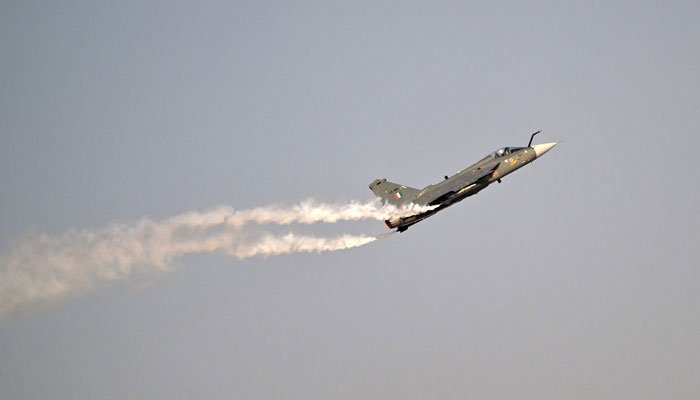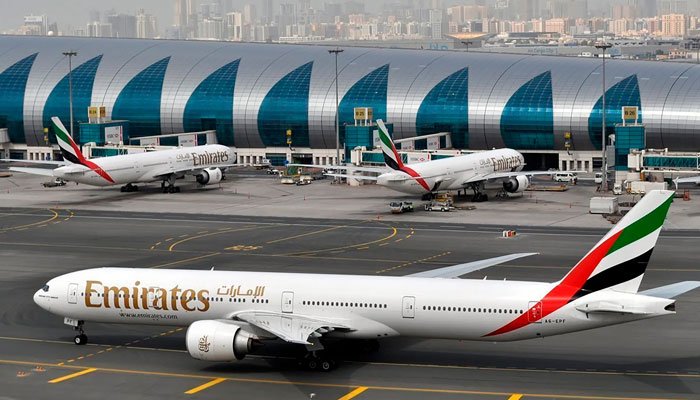A purple carpet was rolled out for the Chinese president, and canons were fired.
Xi Jinping lands in Saudi Arabia amid tensions with US. Chinese President Xi Jinping landed in the Saudi Arabian capital Riyadh on Wednesday for a multiple-day visit, Saudi Foreign Ministry reported, amid frayed ties between the two countries and the United States.
Saudi state TV showed Xi walking down the steps of his presidential aircraft at King Khalid International Airport, where he was received by Saudi Prince Faisal bin Bandar bin Abdulaziz, governor of the Riyadh region, and Prince Faisal bin Farhan bin Abdullah, Saudi foreign minister.
A purple carpet was rolled out for the Chinese president, and canons were fired.
The visit will include a “Saudi-Chinese summit,” a China-Arab and a China-Gulf Cooperation Council (GCC) summit, the official Saudi Press Agency (SPA) previously reported.
Rumors of a Chinese presidential visit to the US’ largest Middle East ally have been circulating for months as the nations have solidified their ties, possibly to Washington’s dismay.
More From FactFile: PM Shehbaz Sharif meets US President Joe Biden ahead of UNGA speech
The trip comes against the backdrop of a number of disagreements harbored by the US toward both Beijing and Riyadh, including grievances about oil production, human rights and other issues.
But Saudi Arabia’s grand reception of the Chinese president is only emblematic of the magnitude of their growing relationship, specifically around oil, trade and security. The two countries are expected to sign deals worth more than $29 billion during this week’s visit, according to SPA.
Saudi’s MBS rolls out the red carpet for China’s Xi, in a not too subtle message to Biden
China is today Saudi Arabia’s largest trading partner, with the value of the kingdom’s exports to China having exceeded $50 billion last year, constituting more than 18% of Saudi Arabia’s total exports in 2021. Bilateral trade between the two states is more than $80 billion dollars, SPA reported.
Saudi Arabia has also traditionally been China’s top oil supplier, with Saudi barrels making up around 17% of total Chinese oil imports as of last year, according to the Saudi-backed Arab News.
While the kingdom remains a key supplier for its Chinese partner, oil relations may have been slightly on edge this year as sanctioned Russia pours its discounted barrels into the Asian market.
Apart from oil exports, Saudi Arabia has this year ramped up its Chinese investments, which culminated in Aramco’s whopping $10 billion dollar investment into a refinery and petrochemical complex in China’s northeast.
These close ties have been years in the making as both countries have sought to diversify their security and energy sources, experts say.





